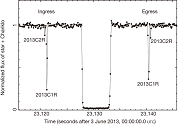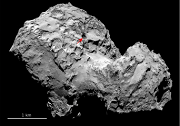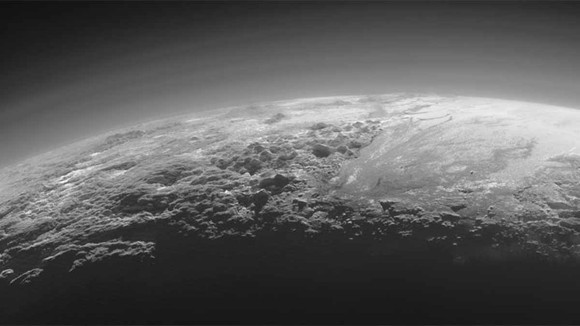Our knowledge of the Solar System's small bodies has greatly increased in recent years.
This new information is leading to a paradigm change, as the classic taxonomy becomes too rigid and the boundaries between the various categories fuzzier. The existence of a comet-asteroid continuum, already discussed in a Nature Geoscience News & Views in 2010, is currently one of the main topics of discussion within the small bodies community. An example of the richness of minor bodies' studies published in the Nature journals is shown in the articles below.
 This Nature review by DeMeo & Carry puts into the broader context of Solar System evolution the variety in composition and characteristics of asteroids in the main belt (between Mars and Jupiter), which is much greater than previously thought.
This Nature review by DeMeo & Carry puts into the broader context of Solar System evolution the variety in composition and characteristics of asteroids in the main belt (between Mars and Jupiter), which is much greater than previously thought.
 Rings around other planetary bodies were an exclusive of the giant planets until this observation by Braga-Ribas and colleagues revealed unexpectedly a (double!) ring system around the Centaur Chariklo. This discovery, which challenges the standard ring formation theories, has been presented in Nature together with its News & Views, both available for free for a limited time.
Rings around other planetary bodies were an exclusive of the giant planets until this observation by Braga-Ribas and colleagues revealed unexpectedly a (double!) ring system around the Centaur Chariklo. This discovery, which challenges the standard ring formation theories, has been presented in Nature together with its News & Views, both available for free for a limited time.
 The ESA Rosetta mission forms the lion's share of recent cometary science. Images from the OSIRIS camera provide an unprecedented level of detail and allow very refined studies, such as this work by Vincent et al. showing that the pits on the nucleus are a source of cometary activity and are formed by internal processes. The paper is complemented by its News & Views.
The ESA Rosetta mission forms the lion's share of recent cometary science. Images from the OSIRIS camera provide an unprecedented level of detail and allow very refined studies, such as this work by Vincent et al. showing that the pits on the nucleus are a source of cometary activity and are formed by internal processes. The paper is complemented by its News & Views.

